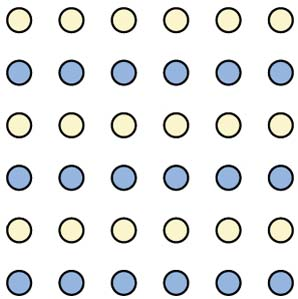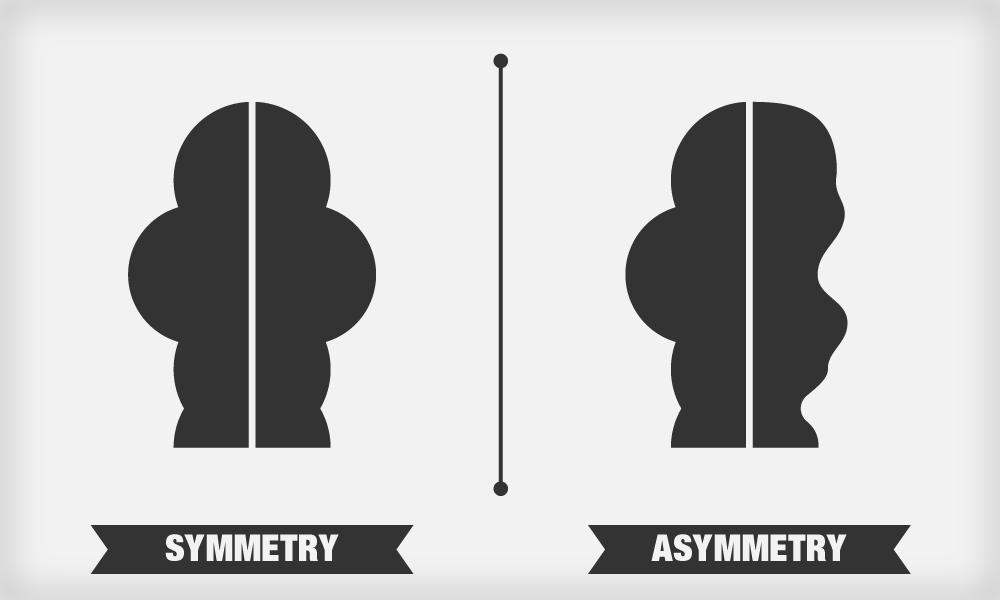Gestalt Principles of Visual Perception
1/12
There's no tags or description
Looks like no tags are added yet.
Name | Mastery | Learn | Test | Matching | Spaced |
|---|
No study sessions yet.
13 Terms
Perception
Is a set of psychological processes by which people tend to organize environmental stimuli into some meaningful patterns or whole according to certain principles; It is your ongoing experience based on how you interpret incoming messages from your various senses.
Gestalt
It is a German term for shape, figure, or form.
Gestalt Principles
It was created to explain how visual perception worked
Gestalt Principles
The set of principles says that humans perceive objects and their environments as well-organized patterns based on grouping rather than separate components, where the whole is greater than the sum of its parts.
Pragnanz
Is the foundation for the Gestalt Principles that are known today.
true
Gestalt Principles are used in graphic design to help create more visually appealing, intuitive, and functionally aesthetic forms and interfaces - True or False?
Principle of proximity or contiguity
This principle states things closer together will be seen as belonging. The distance between objects in display affects our perception of whether or not they are related.
Objects near one another are perceived as related or part of a group. Once it is far away, they are understood to be unrelated to each other.

Principle of similarity
This principle states that things with the same visual characteristics, such as size, shape, texture, value, color, or orientation, will be seen as belonging.

Principle of closure
This principle states that we complete figures rather than distinguish their missing parts. the human visual perception system attempts to automatically close open parts of the figures so that they are perceived as whole objects rather than separate pieces.

Principle of continuity
This principle envisions the preference for continuous figures. It occurs when the eye is compelled to move through one object and continue to another object.

Principle of symmetrical figure
This principle is seen as a closed figure. Elements that are symmetrical to each other tend to be perceived as a unified group.

Principle of figure-ground
This principle is segmenting our visual world into figure and ground/foreground and background/positive space and negative space. Humans have a predisposition to see objects within a relationship of primary and secondary importance.
The figure or foreground is more important than the elements behind it in the background.

Principle of common fate
It is the principle that combines the principles of proximity, similarity, and continuity, where multiple, similar objects that seem to move in the same direction are perceived as a single figure.
